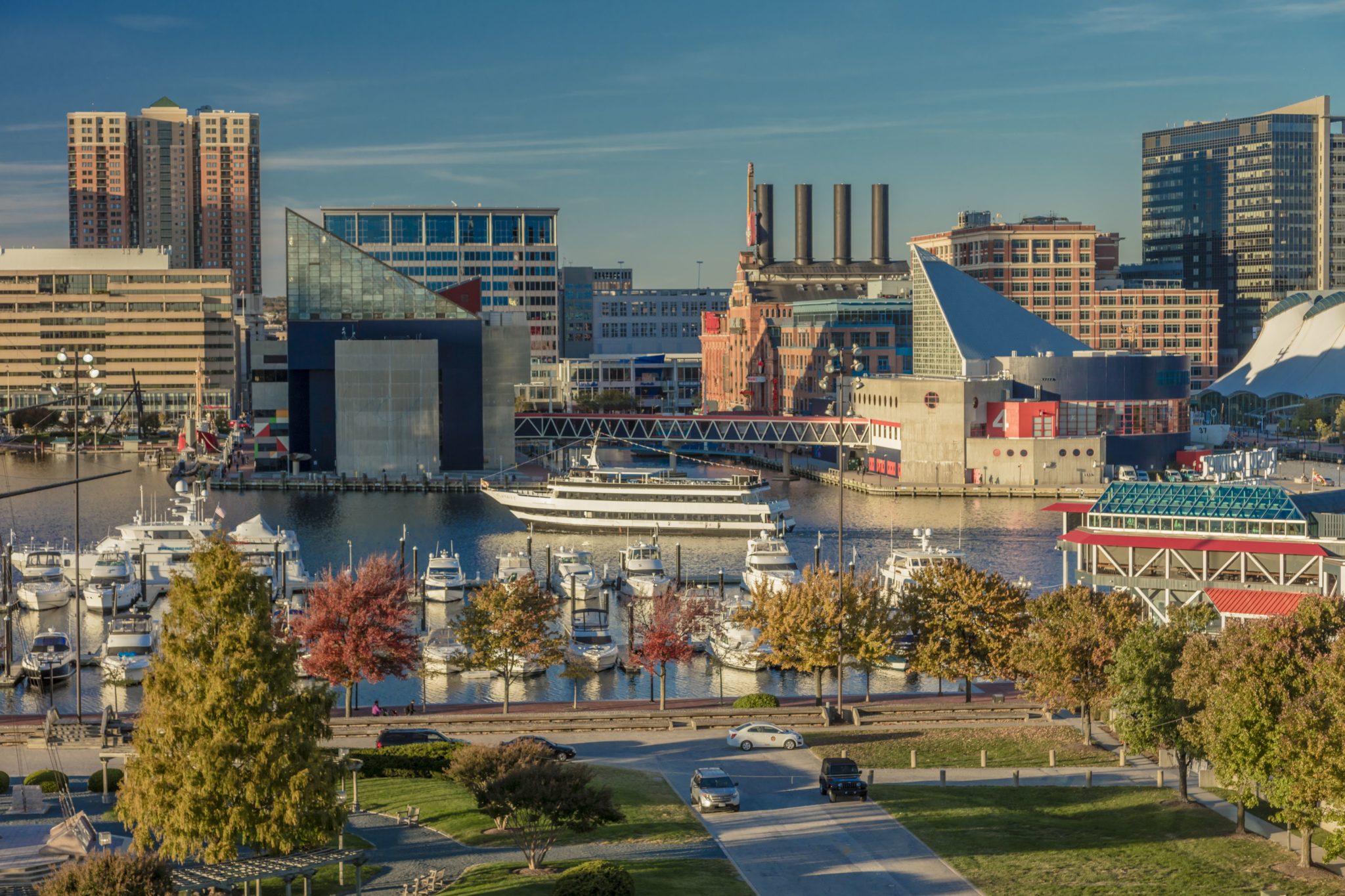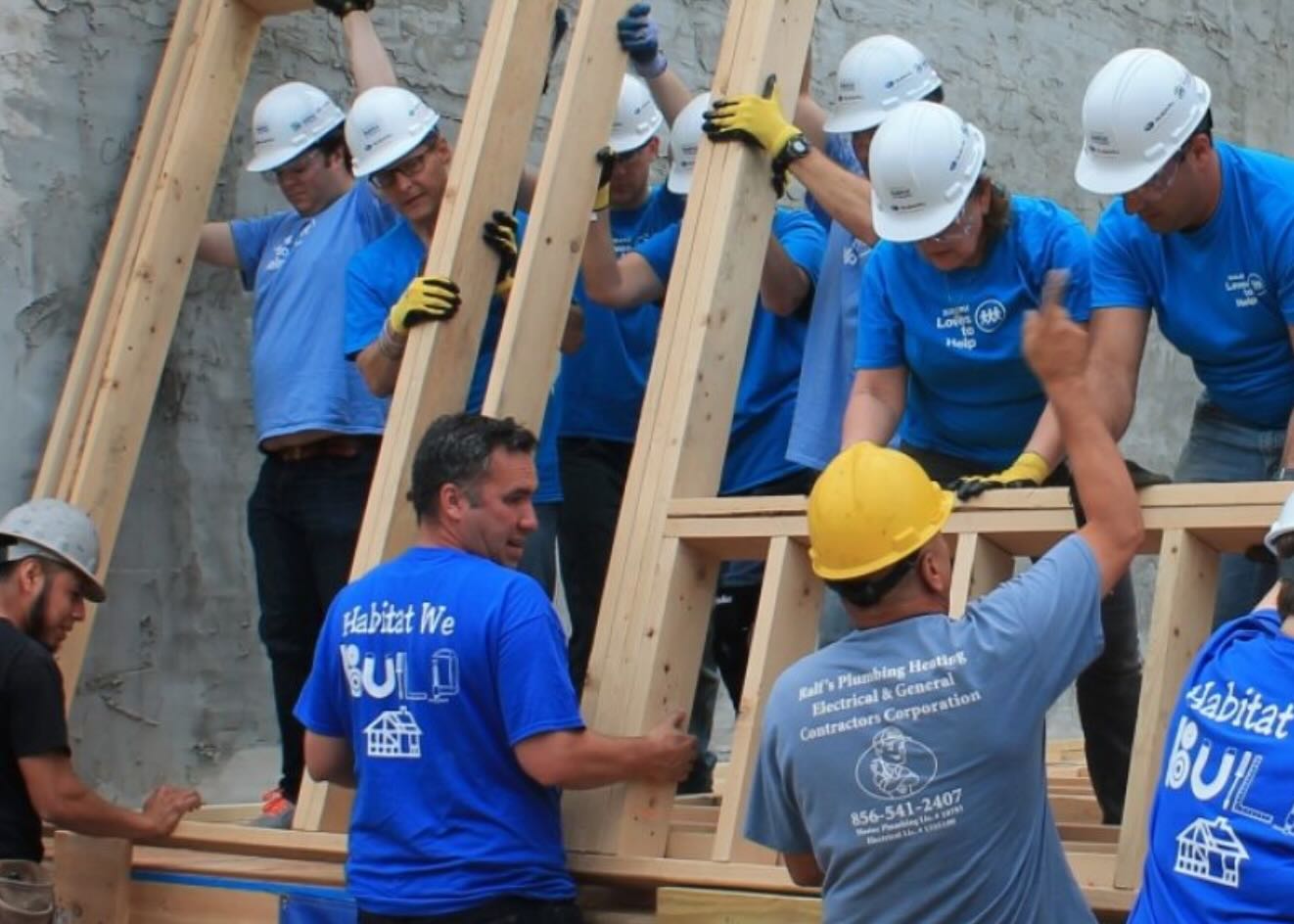What do we mean when we talk about how a city is resilient? How does one location compare to others in terms of the quality of life you can expect to find there? Will we find joy, culture, employment, a better place to raise a family or retire? These are the questions that speak to how livable a particular place is. Livability is the sum of the factors that add up to a community’s ability to contribute to its residents’ quality of life, including the built and natural environments, economic prosperity, social stability and equity, educational opportunity, and cultural, entertainment and recreation possibilities. To that end, the Economist Intelligence Unit provides a global livability index on categories including health care, culture, environment, education, infrastructure and, of recent interest—stability (crime, conflict and terrorism).
The Concept Behind Worth’s Most Resilient City List
Every day, we see how cities are being challenged in unprecedented ways. The black swan events that risk professionals have talked about, identified and tracked since the phrase was first used in 2007, have become so frequent that this term, originally referring to a once-in-a-hundred-year event, has become almost cliché. Storms, hurricanes and floods occur in ever increasing frequency. Such foreseeable challenges for cities would have been enough to manage through; when these are coupled with climate and extreme weather instability AND the global pandemic, well, now we have a black swan the size of a cargo plane.

The challenges that the world is facing in 2020 are exacerbated for densely populated cities where COVID-19 has hit hardest, in places where science-based protocols, like wearing masks and social distancing, are the most challenging to implement and maintain. Commercial building in cites, mostly high-rises with elevators and non-opening windows, have been the most difficult challenge to stability and subsequent recovery – in a word: resiliency. Many local businesses, which account for a large percentage of the tax base, have been closed and their owners filing for bankruptcy. Cities and counties are looking for ways to cut their budgets as tax revenue and economic activity decline and medical costs soar. The $3.8 trillion municipal-bond market—loans used for infrastructure (schools, hospitals and community development)—has stalled as market liquidity for this debt has evaporated.
In view of the current bleak landscape, where are the best places to proceed and succeed to raise a family, start a career or business, or a place to retire? To answer these questions, consider what attributes are required to contribute to the perceived resiliency of a municipality. These include the city government’s commitment to establishing a dedicated position to achieve this goal, connecting with resources in both the public and private sectors and communicating this program across a broad audience.
There is no argument that economic resilience for cities requires preparedness; some have been addressing the issue of resilience as part of their strategic planning. The Rockefeller Foundation pioneered the Resilient Cities initiative in 2013, and since then, cities have begun to appoint Chief Resilience Officers (CROs). The first to be appointed was Patrick Otellini, CRO of San Francisco in 2014. These CROs were hired and trained to lead their cities’ resilience initiatives. The Rockefeller Foundation’s project ended in July 2019; however, members of the 100 Resilient Cities (100RC) have founded a nonprofit, Resilient Cities Catalyst to continue the work.

Resilience in a post-pandemic world will require partnerships between various constituencies. Only through the collective efforts of city governments, the private sector, non-governmental organizations (NGOs) and community organizations will we be able to reclaim the true potential of cities and rebuild their economies. This collaborative approach will be the key for successful and resilient cities. As the Resilient Cities Catalyst states, “Cities and urban areas represent our greatest risk and our biggest opportunity. Cities embody the good and bad of the most important trends of the 21st century. They are drivers of wealth and innovation.”
To determine our list of the most resilient cities, Worth partnered with Resonance Consultancy to aggregate and analyze a number of different data points—from public infrastructure and health care systems to diversity, economic equality, connectivity and trust in public leadership. We have split the data into two parts: large cities, defined as having populations of over one million inhabitants, and medium cities, defined as having populations between 500,000 and one million inhabitants.
Over the next few months, we’ll be sharing statistics and stories of resiliency from each city on this list. This month, we’re starting with Baltimore and Chattanooga, Tenn.’s stories below.
Most Resilient Large Cities
In the first quarter of 2020 when urban centers became pandemic hotspots, the initial exodus of city dwellers caused many real estate analysts and city planners to wonder if COVID-19 would be the death of large cities. Despite the initially dire scenarios, larger cities have remained some of the most resilient, with robust health care systems, greater economic diversity and commitments by innovative citizens and businesses who have collaborated to put their communities first.
1. Baltimore, Maryland
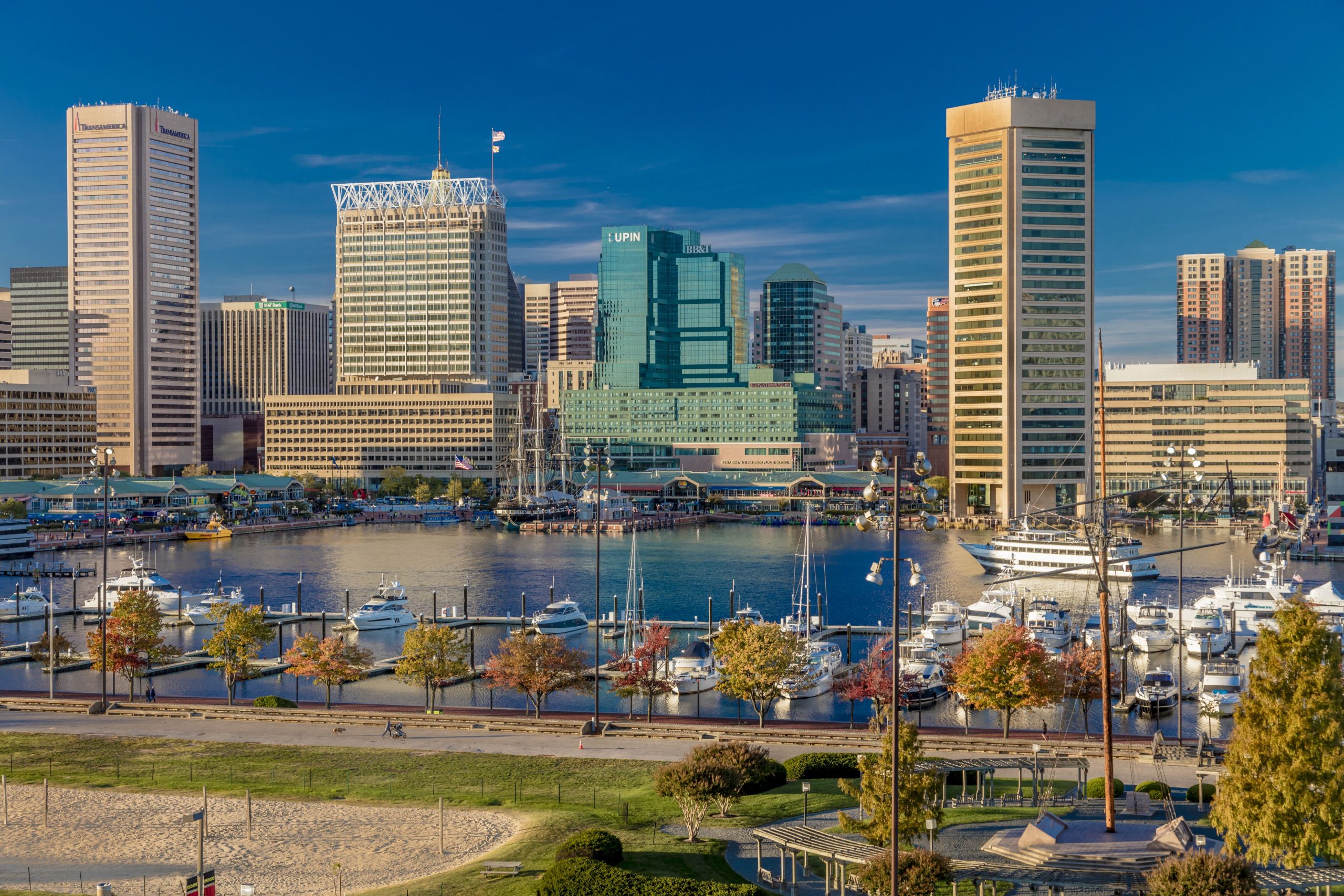
Home to the oldest railroad in the United States, Baltimore is not only a major transportation hub but also has one of the richest histories in the nation, with more buildings designated as historic in the National Register than any other U.S. state. Located about 40 miles from Washington, D.C., the city is home to the headquarters of many major organizations and government agencies, plus its tech sector is growing rapidly. In 2013, Forbesranked Baltimore fourth among America’s “new tech hot spots.”
Baltimore’s historic seaport Inner Harbor, which was described by the Urban Land Institute as “the model for post-industrial waterfront redevelopment around the world,” has become a central tourist destination, housing several historic ships and the National Aquarium. In 2012, Johns Hopkins opened one of the largest medical complexes in the world, a $1.1 billion, 1.6 million-square-foot-facility. And in 2016, the Baltimore City Council approved one of the largest urban redevelopment projects in the country.
Museum: The Baltimore Museum of Art, which boasts the largest public collection of Matisse in the world. Other Arts and Attractions: the National Aquarium, Baltimore Center Stage. Artscape, the largest free arts festival in America, features over 140 artists and makers, and has boasted acts such as Ray Charles, Aretha Franklin and Matisyahu.
2. Pittsburgh, Pennsylvania
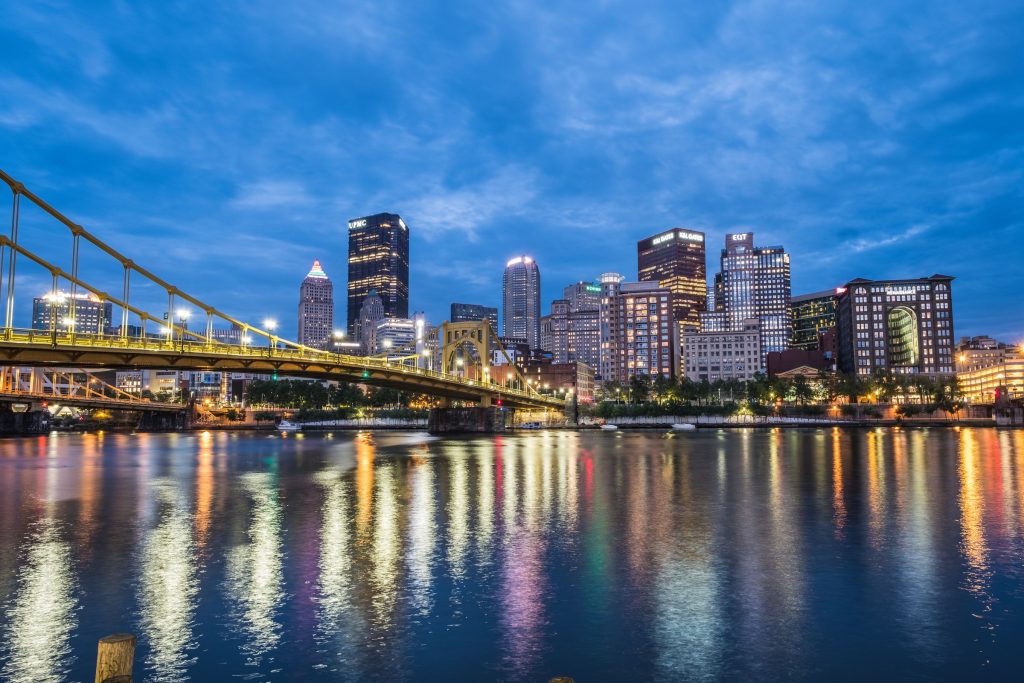
3. Chicago, Illinois
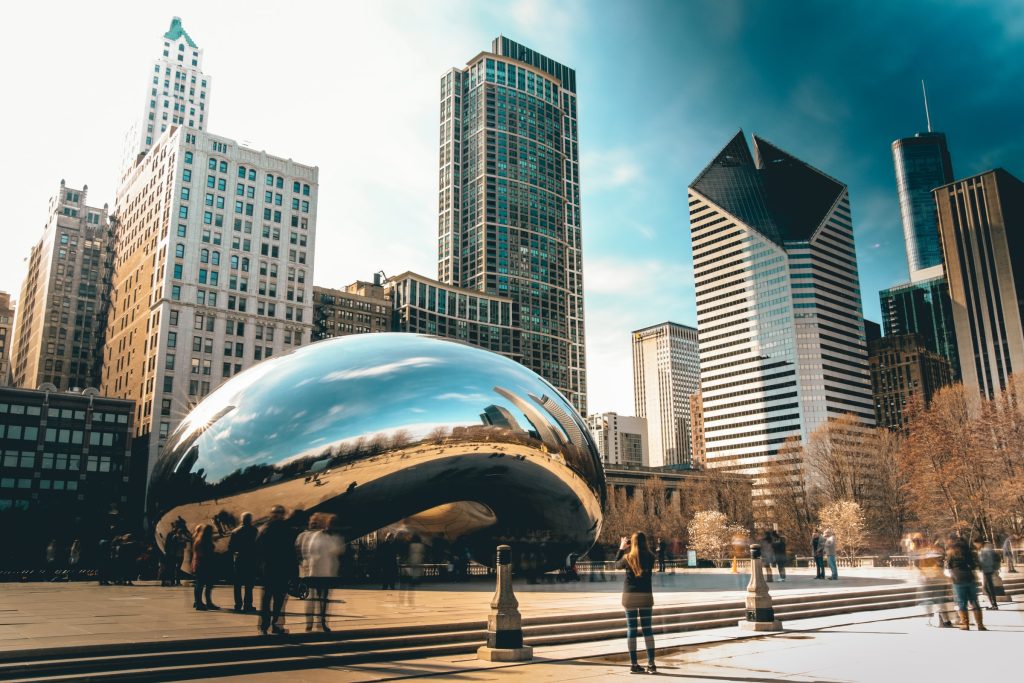
4. St. Louis, Missouri
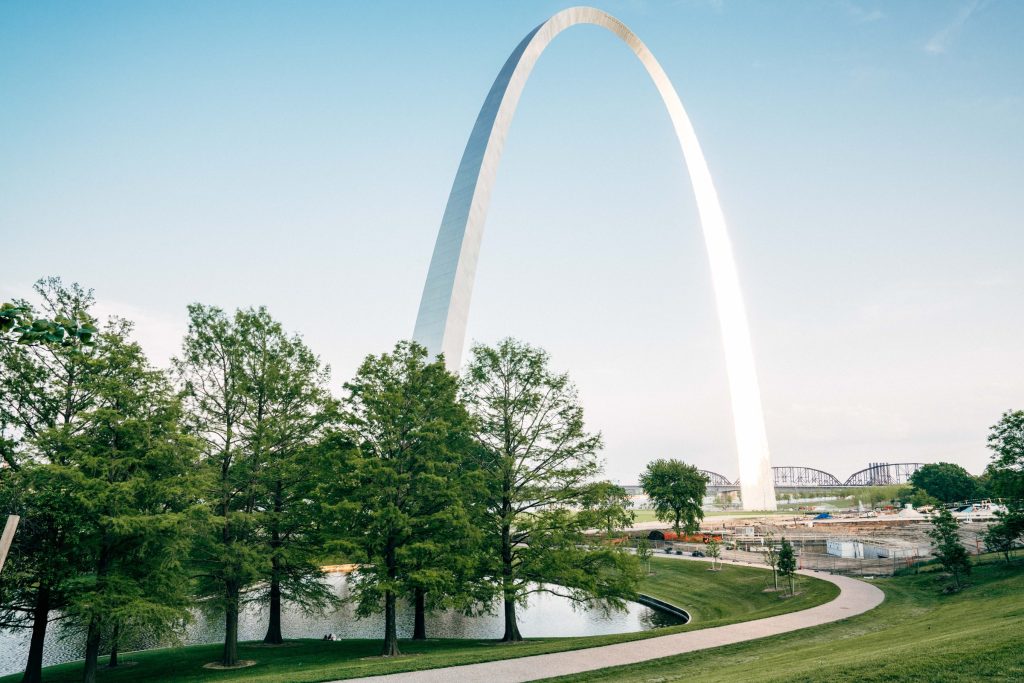
5. Cleveland, Ohio
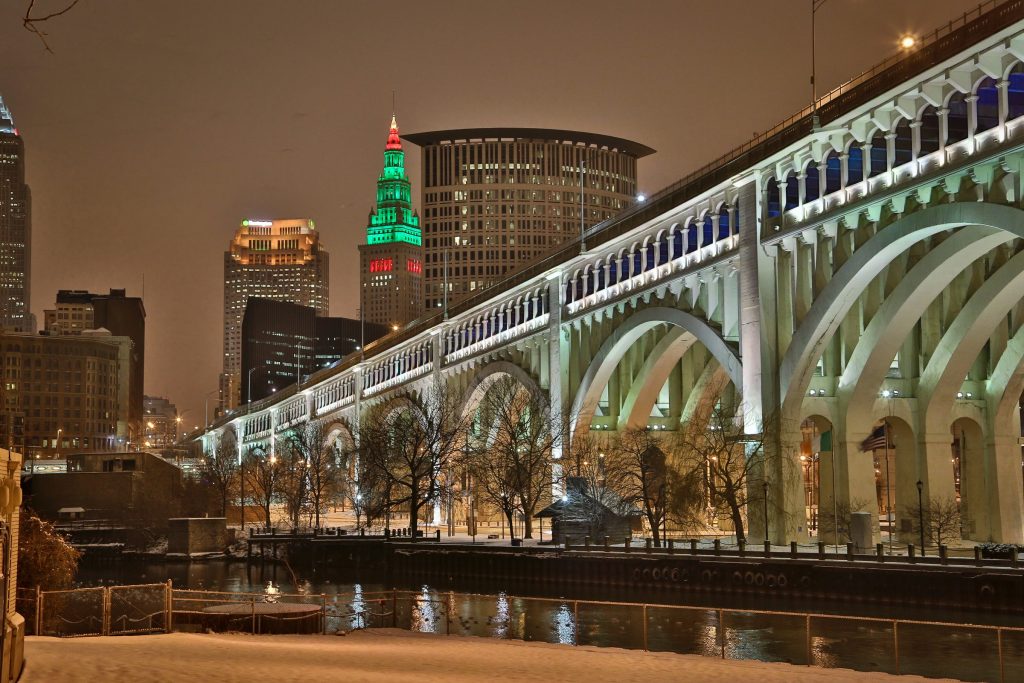
6. Orlando, Florida
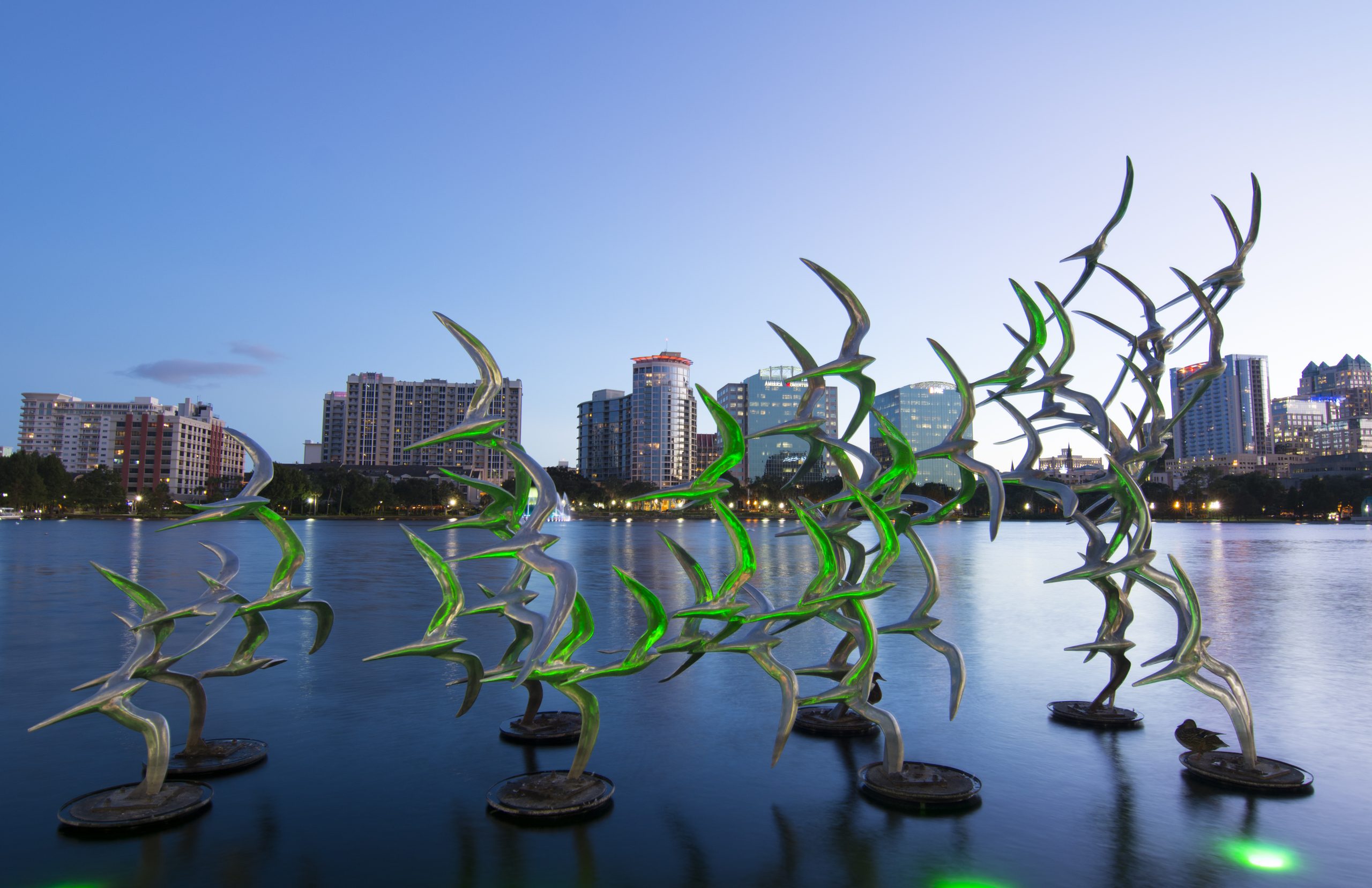
7. Providence, Rhode Island
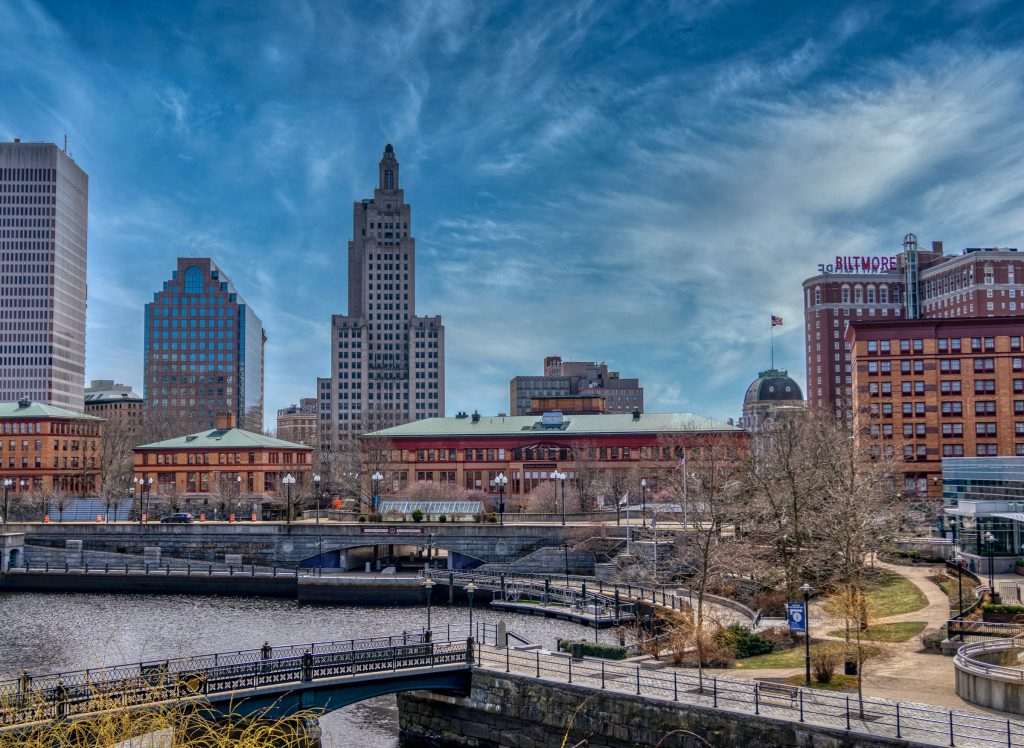
8. Nashville, Tennessee
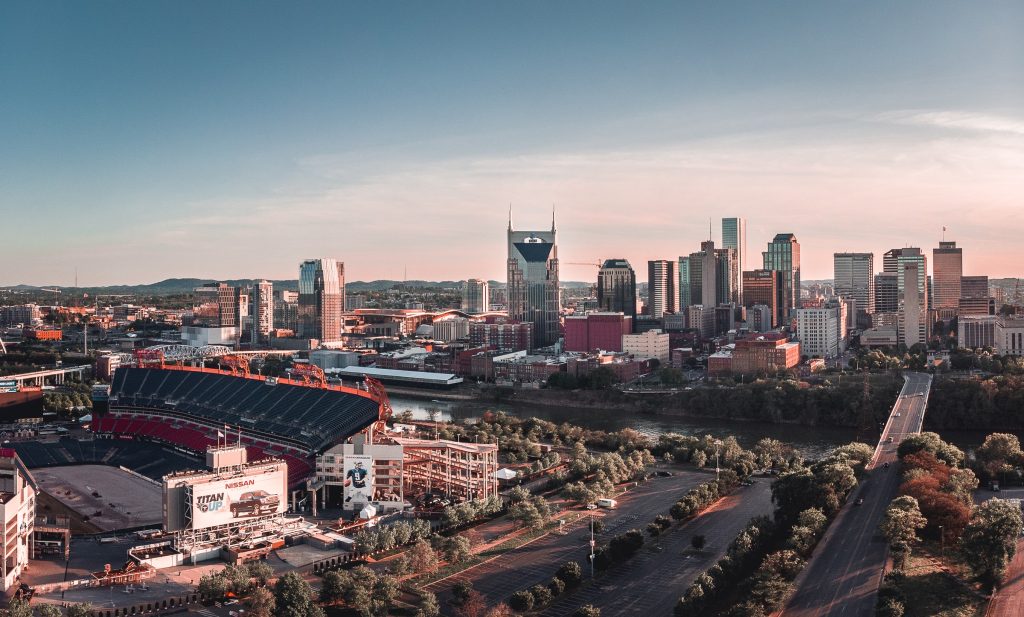
9. San Antonio, Texas
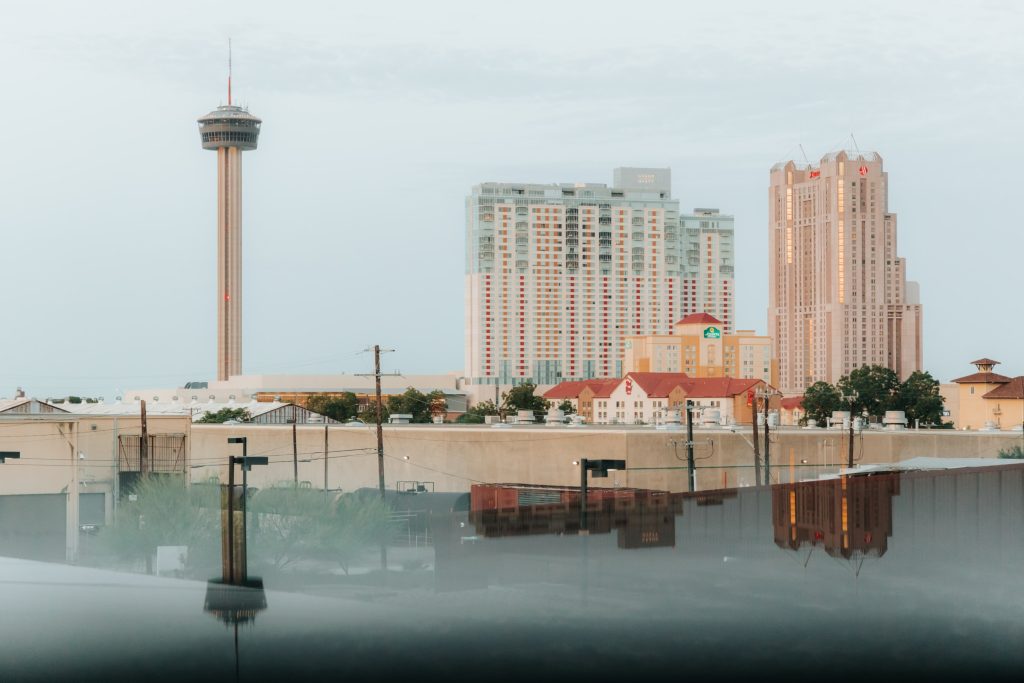
10. Boston, Massachusetts
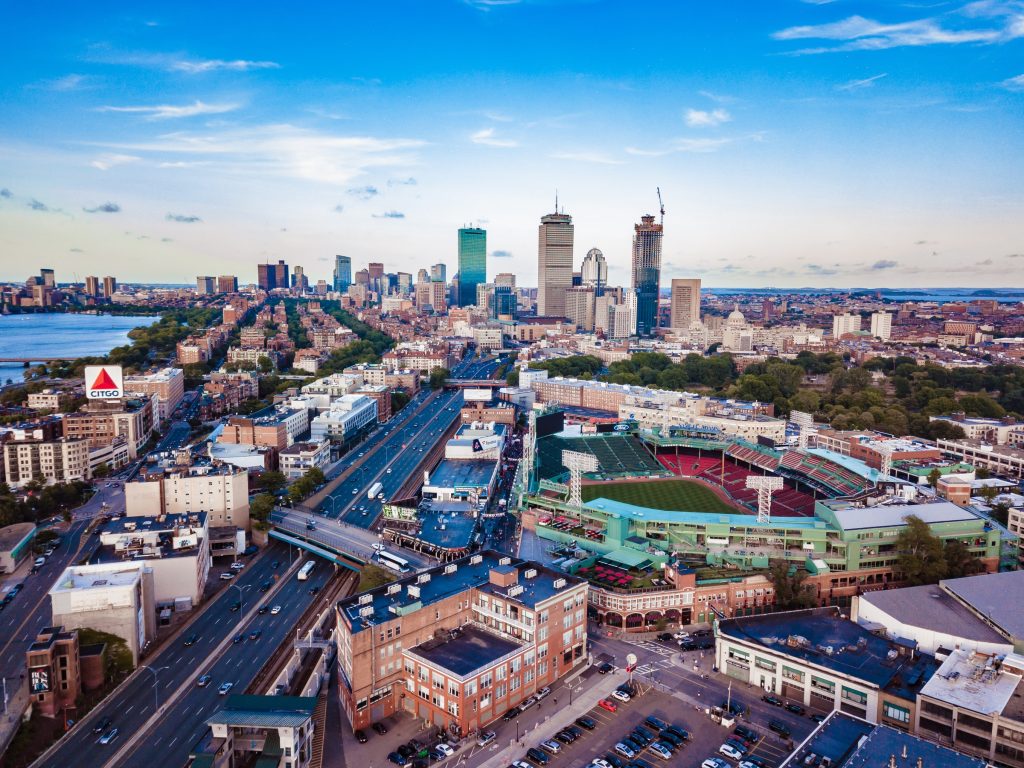
11. San Francisco, California
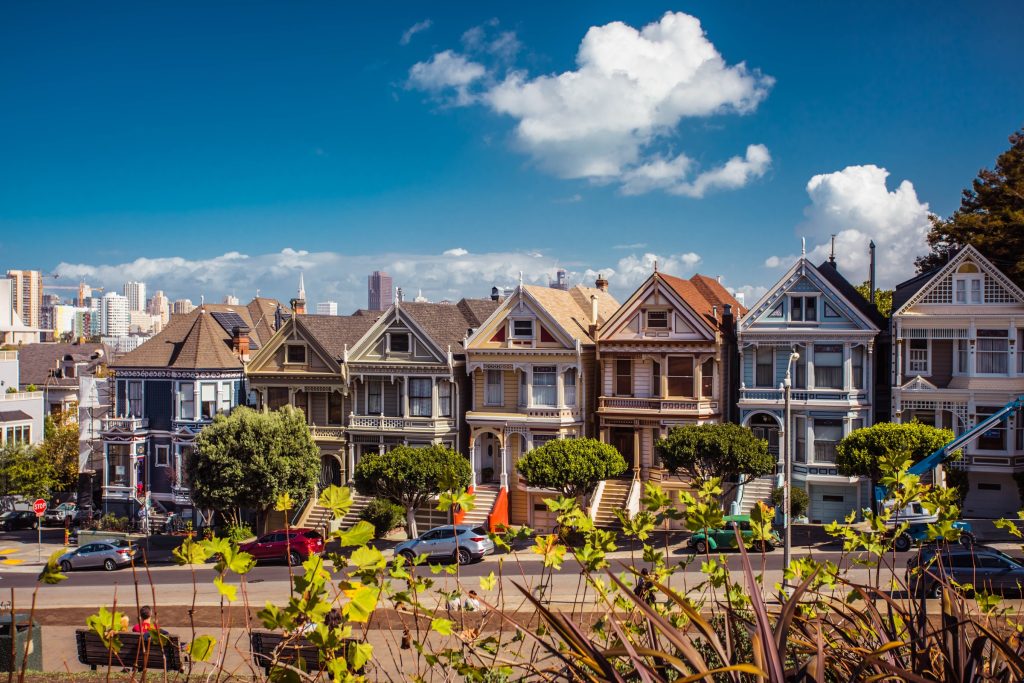
12. Austin, Texas
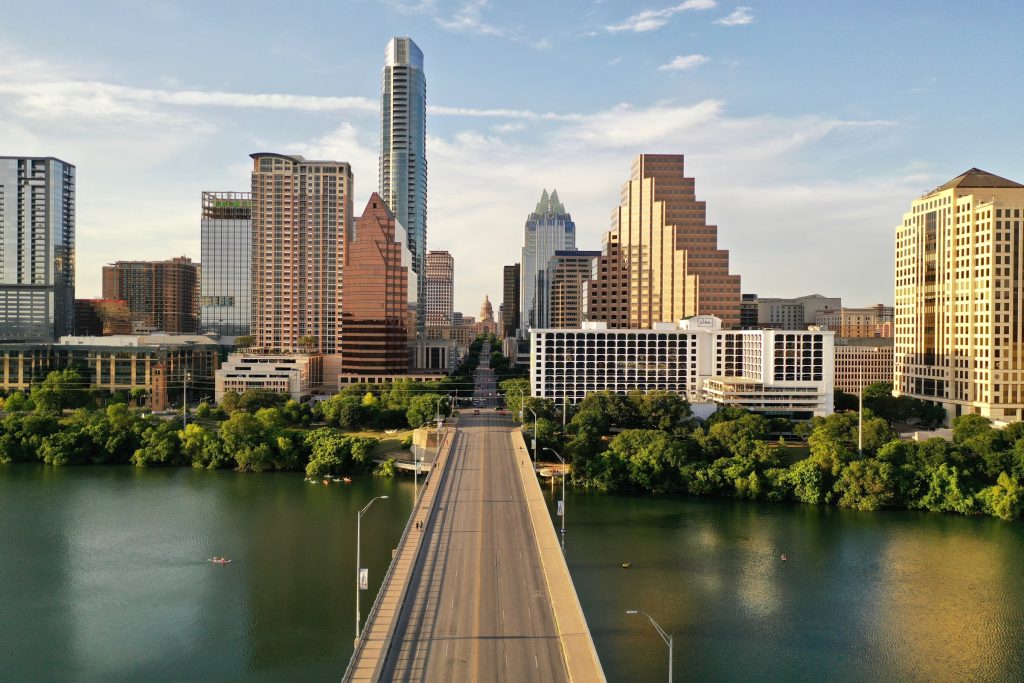
13. Columbus, Ohio
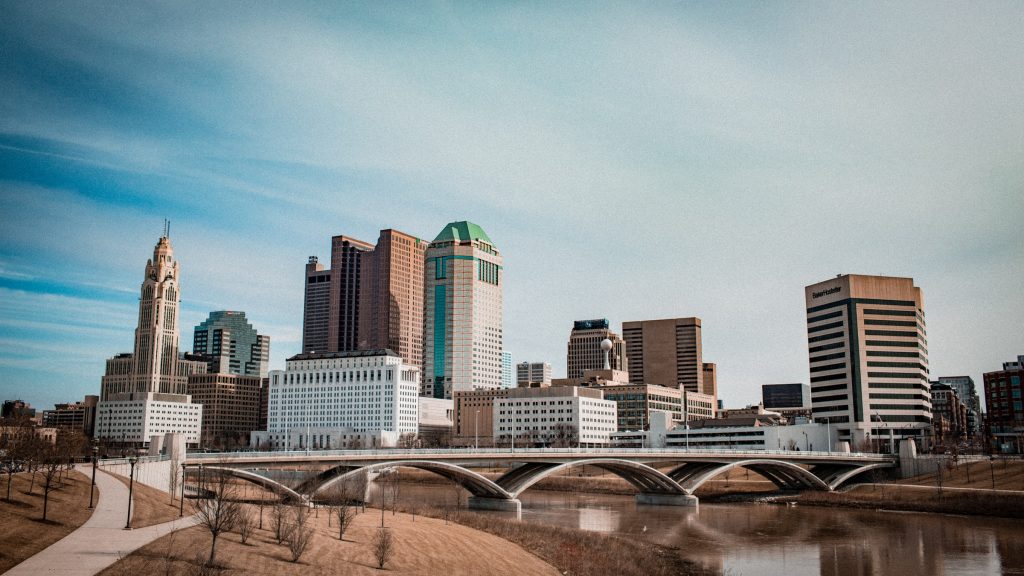
14. Minneapolis, Minnesota
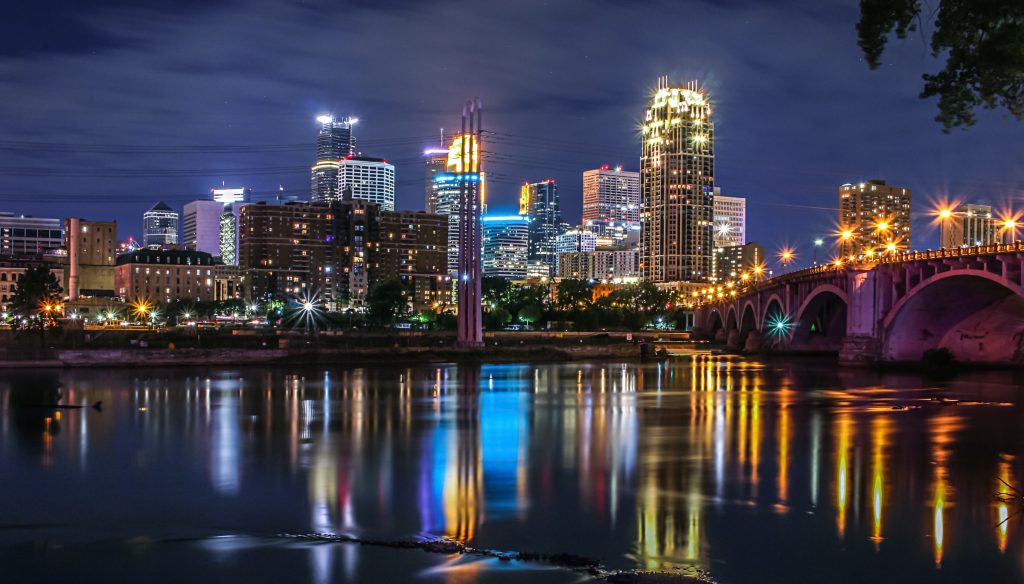
15. Raleigh, North Carolina
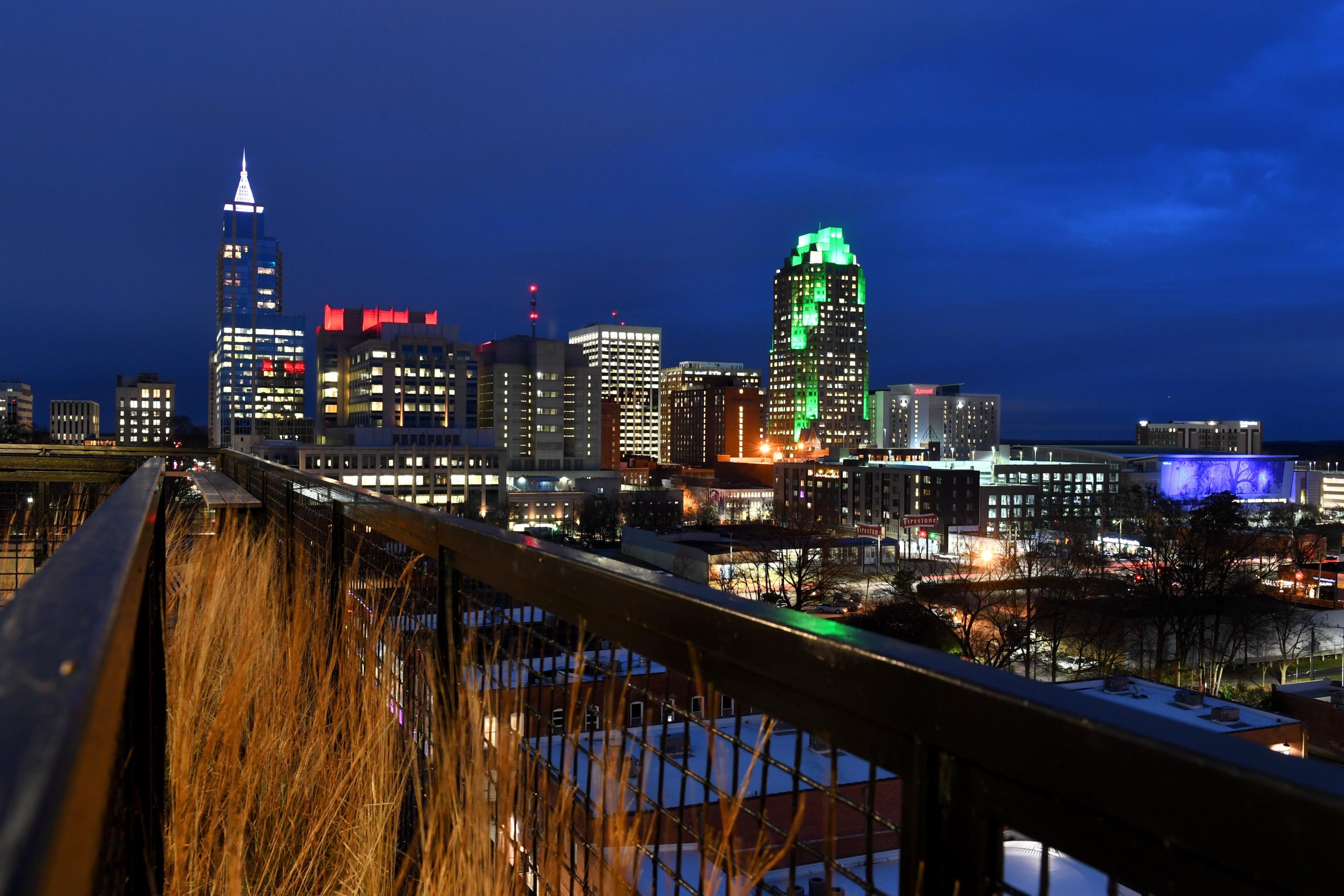
Most Resilient Medium-Sized Cities
In this list of medium-sized cities, we focus on examples of places that combine current livability with great potential for future expansion of their services. We recognize this is a short list, and there will be hundreds of others. We hope that these selections shine a light on the city planners’ innovative thinking and ideas, acting as an inspiration for replication and a catalyst for sharing across other cities. We welcome our readers’ input to share their cities’ successes.
1. Chattanooga, Tennessee
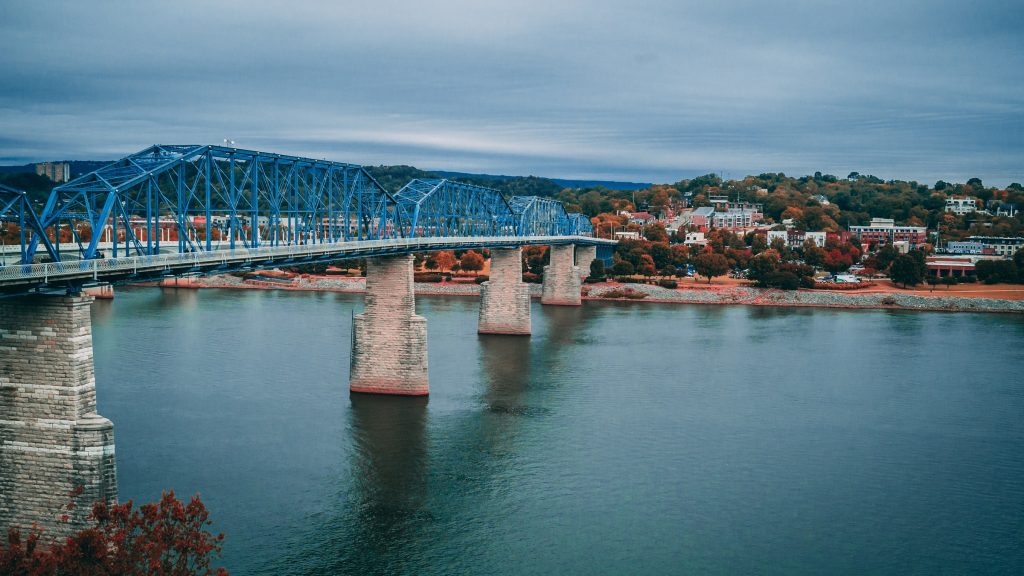
Chattanooga anchors a three-state area that includes Tennessee, Georgia and Alabama and serves as a transportation and distribution hub, flowing through a network of highways and railroads. Major industries driving the economy include automotive, advanced manufacturing, food and beverage production, health care, insurance, tourism and corporate back offices. Tech is also a key factor: Chattanooga claims that it has the fastest internet service in the Western Hemisphere.
In 2005, the city completed a $120 million redevelopment of the Chattanooga waterfront area. The Tennessee Aquarium, which opened in 1992, has become a major waterfront attraction that has helped to spur neighborhood development. Downtown Chattanooga has received over $5 billion of private investment, including nearly $1 billion from 2014 to 2018.
The city has won three national awards for outstanding “livability,” and nine John J. Gunther Blue Ribbon Awards from the U.S. Department of Housing and Urban Development for excellence in housing and consolidated planning. This award honors programs that show significant positive impact on those they serve, are replicable, and establish partnerships with government, other nonprofits and the private sector. Chattanooga-based businesses have been recognized for their investment in solar energy.
Museum: the Hunter Museum of American Art. Other Arts and Attractions: the Tivoli Theater, the Tennessee Aquarium. Chattanooga hosts the well-known Riverbend Festival, an annual four-day music festival. One of the most popular events is the “Bessie Smith Strut,” a one-night showcase of blues and jazz music named for the noted blues singer who was born in the city.
2. Charleston, South Carolina
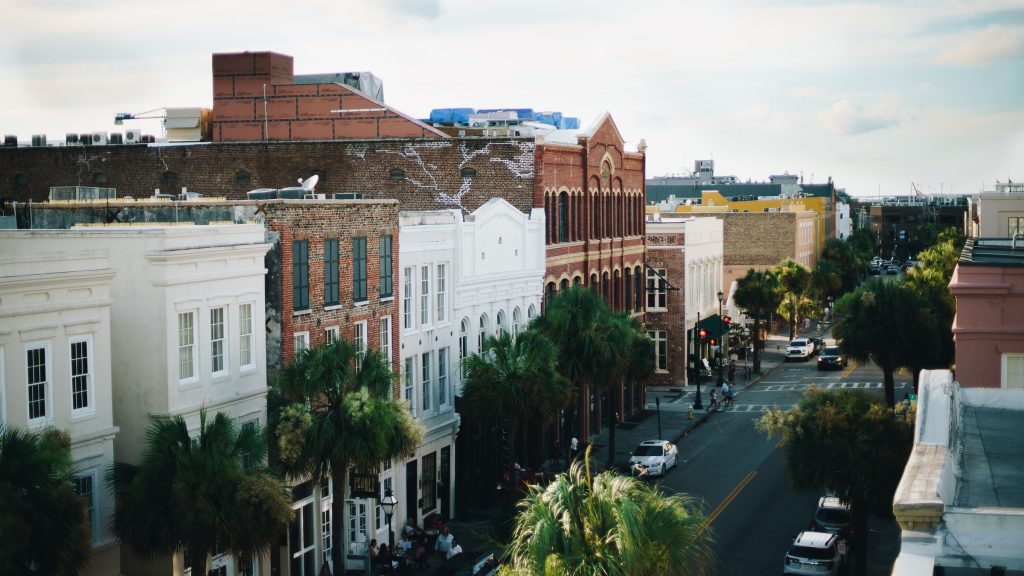
3. Madison, Wisconsin
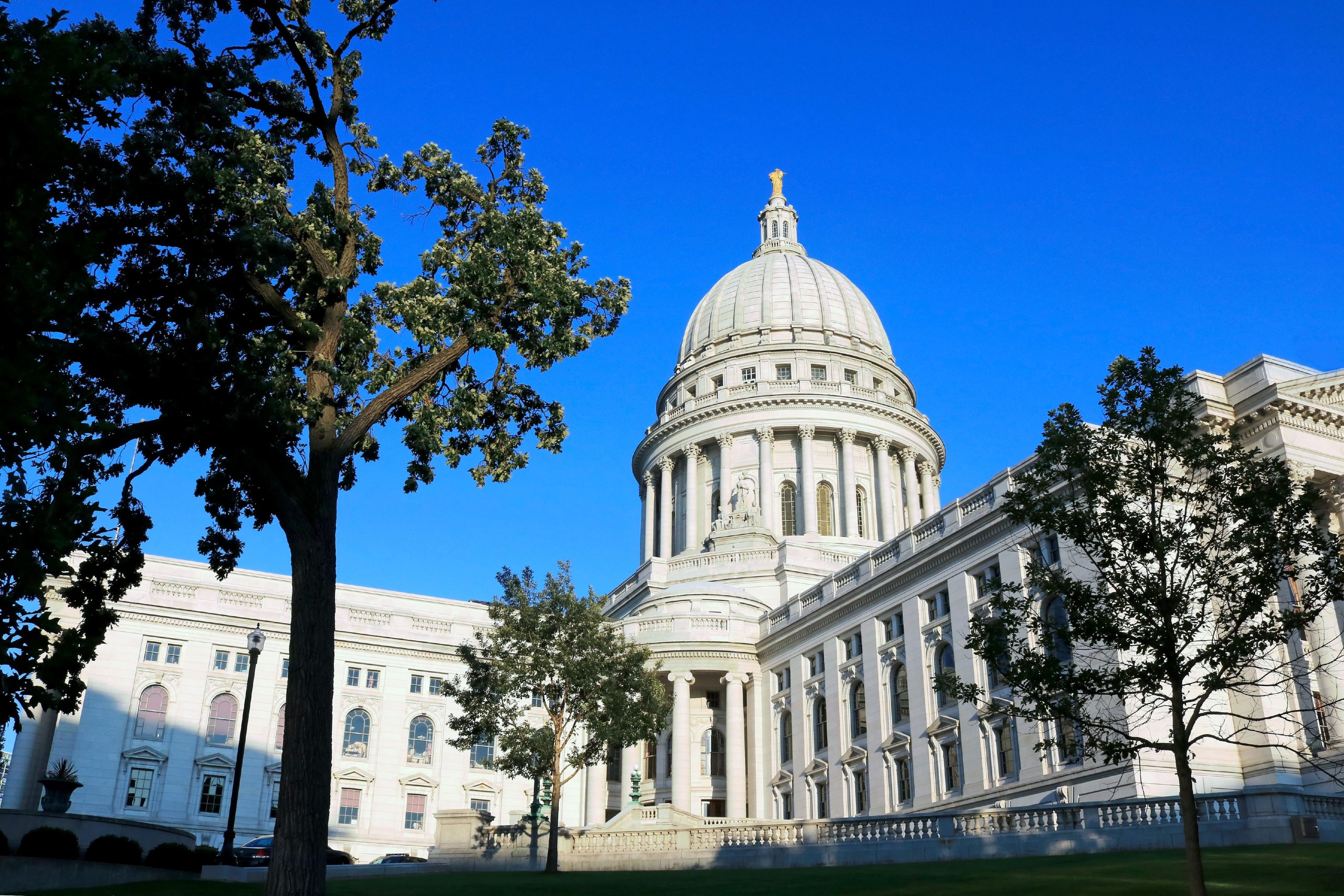
4. Omaha, Nebraska
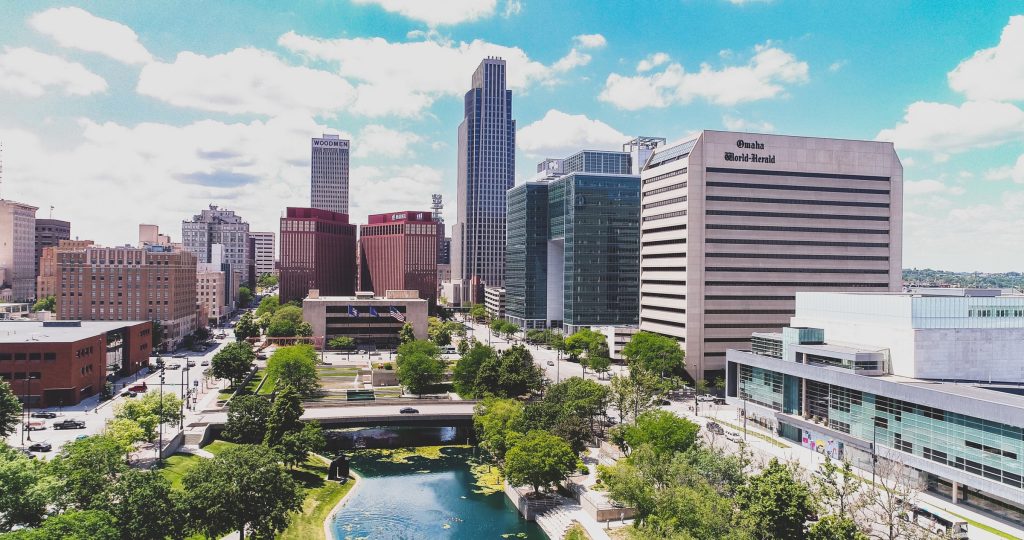
5. Des Moines, Iowa
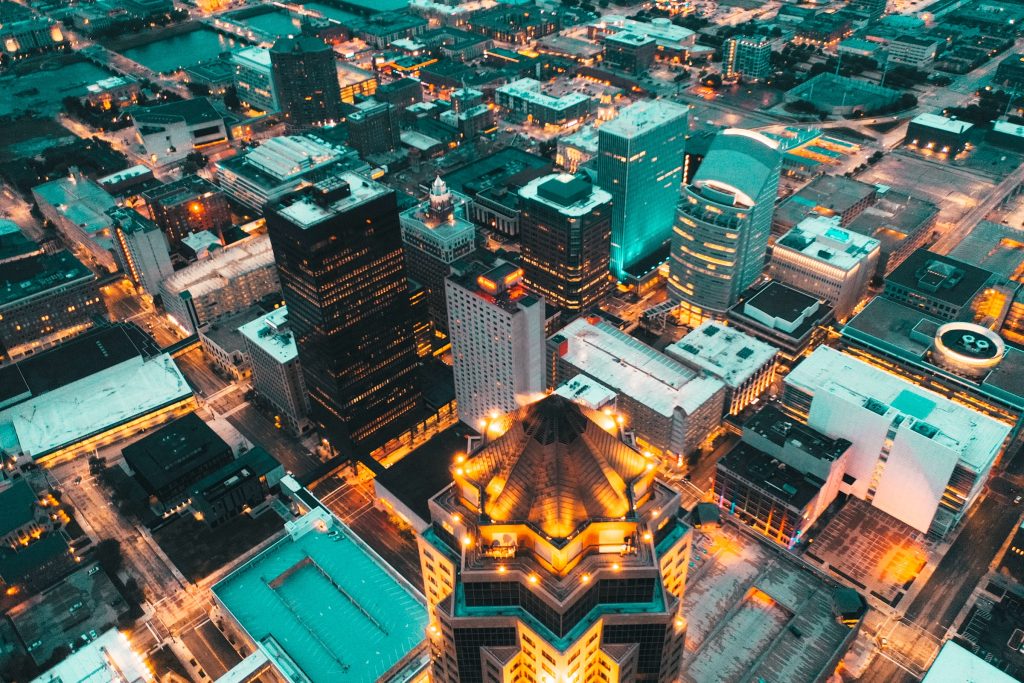
6. Durham-Chapel Hill, North Carolina
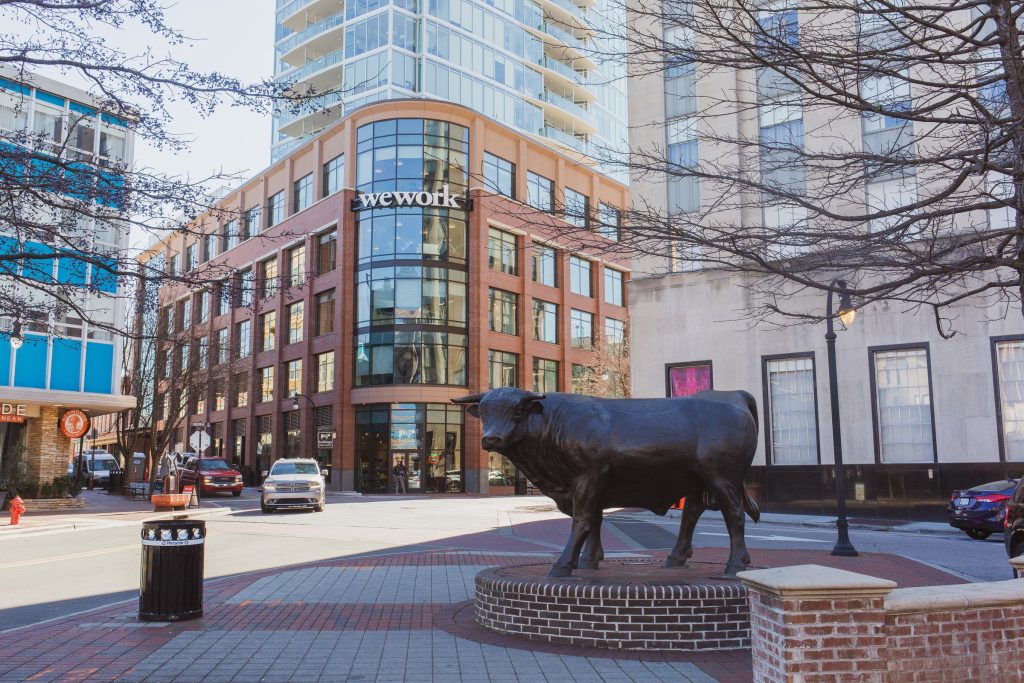
7. Little Rock, Arkansas
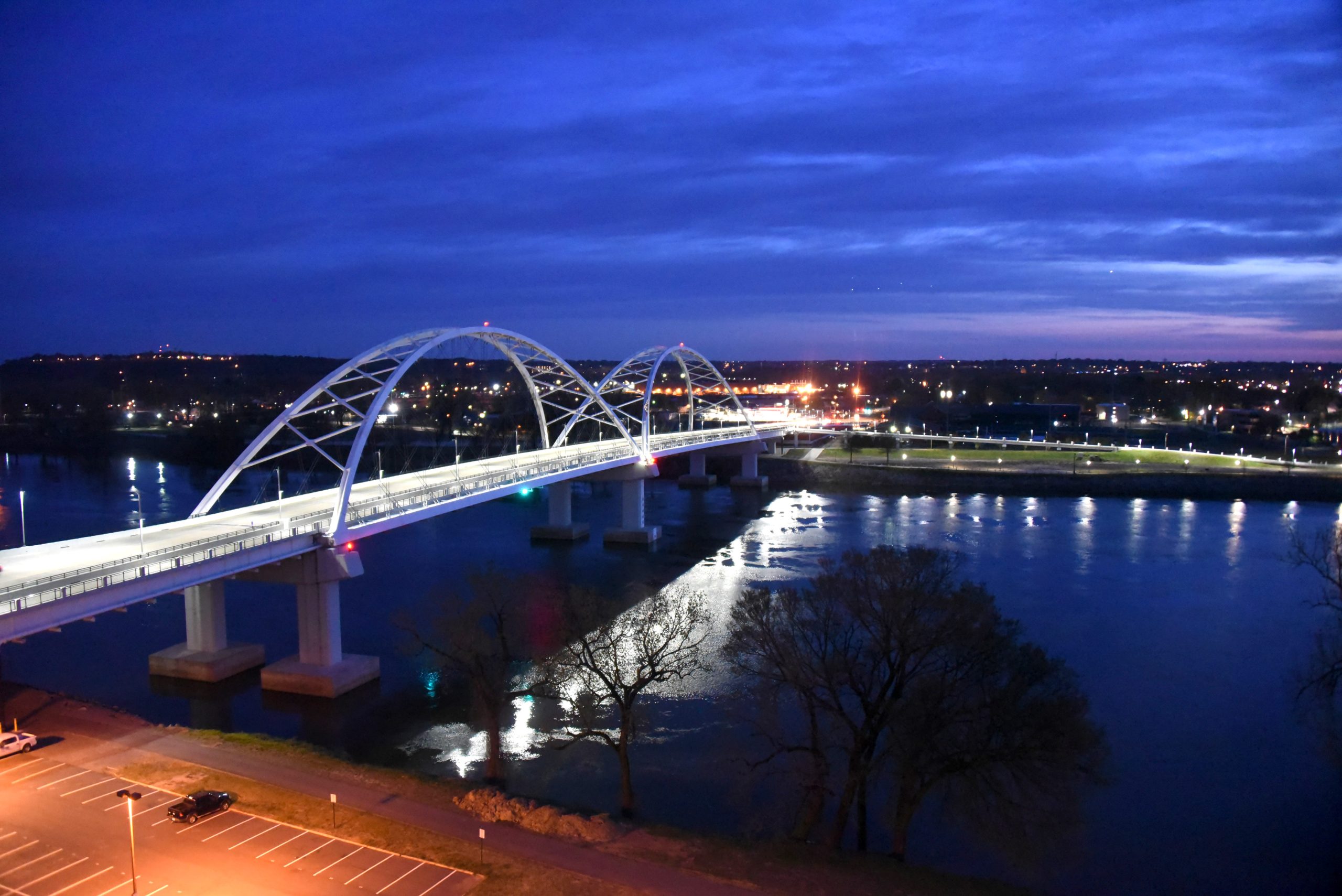
8. Akron, Ohio
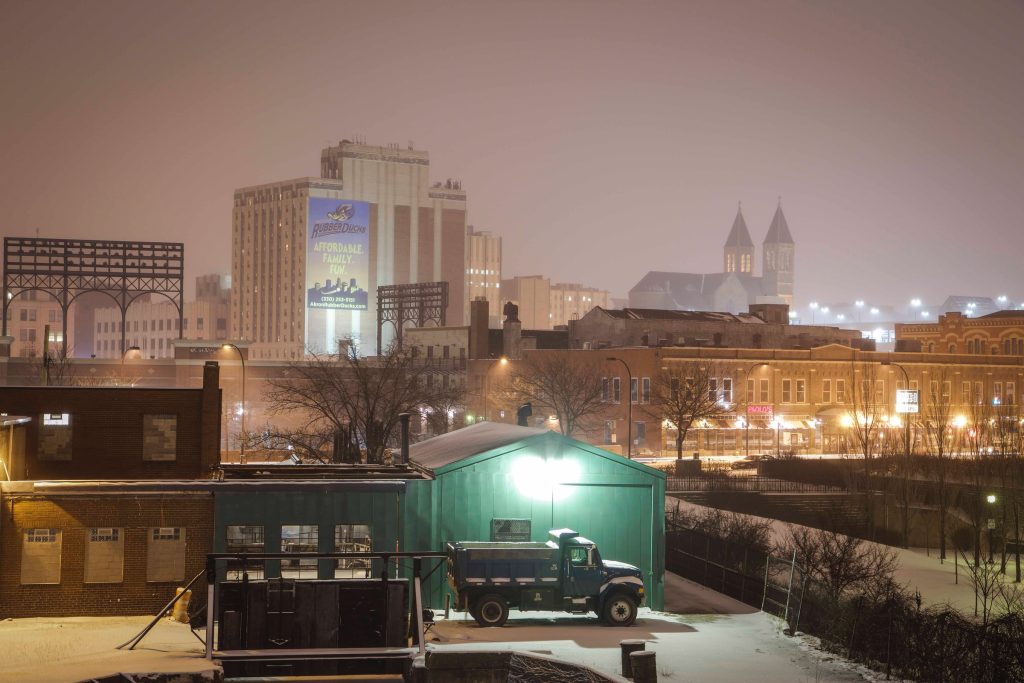
9. Albuquerque, New Mexico
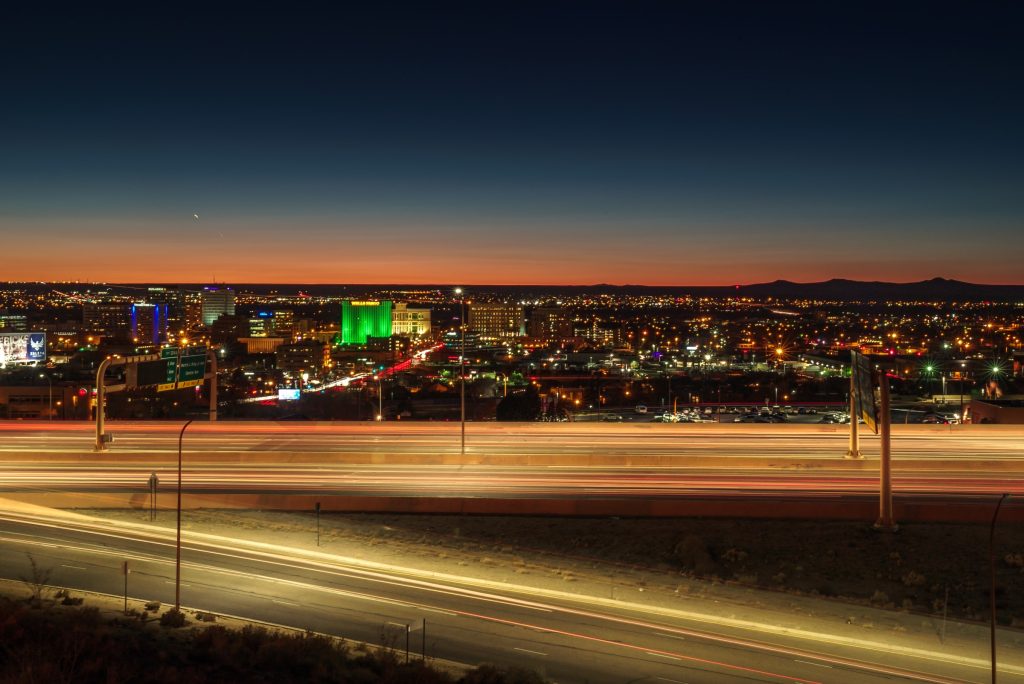
Editor’s Bonus Pick: Savannah, Georgia
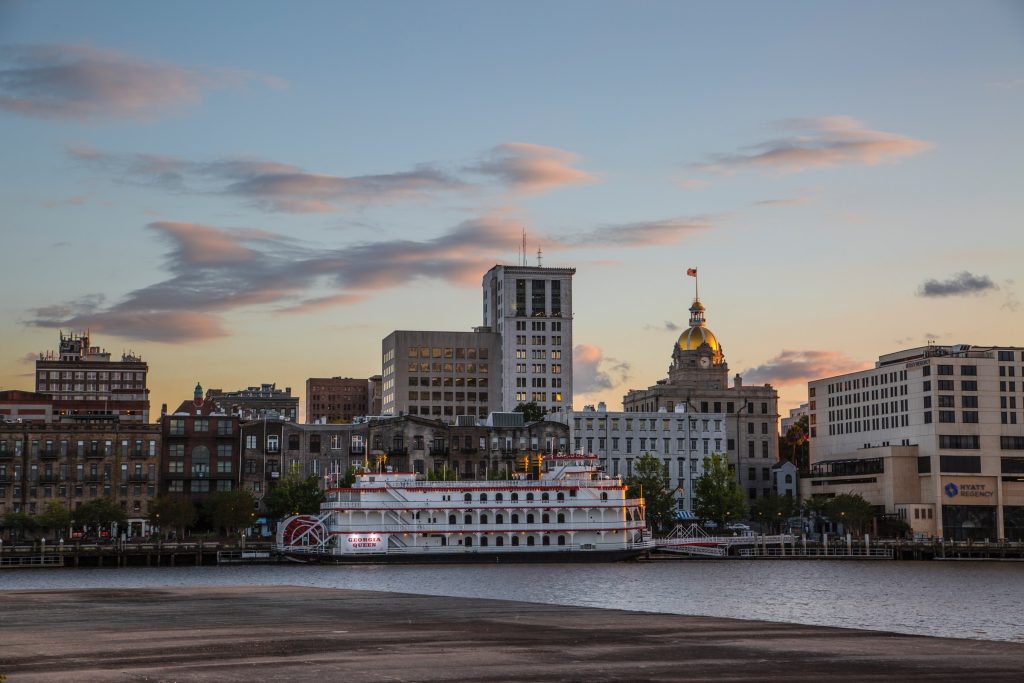
With a population of less than 150,000, Savannah was not included in our large or medium-sized cities list, but the city’s strength and resiliency has shone bright throughout the pandemic, and we’d be remiss not to include Savannah on our list.
As previously mentioned, we’ll be sharing more statistics and stories of resiliency from each city on this list over the next few months. In the meantime, be sure to look out for the next installment of our Future of Cities column by Alison Daintree Gross. Also, don’t miss WRLDCTY, the planet’s largest virtual cities conference, uniting 10,000 citizens, city lovers and urbanists on Oct. 22 — 24. Get 25 percent off tickets by using the code WorthVIP.
With additional reporting by Emily Cegielski.

